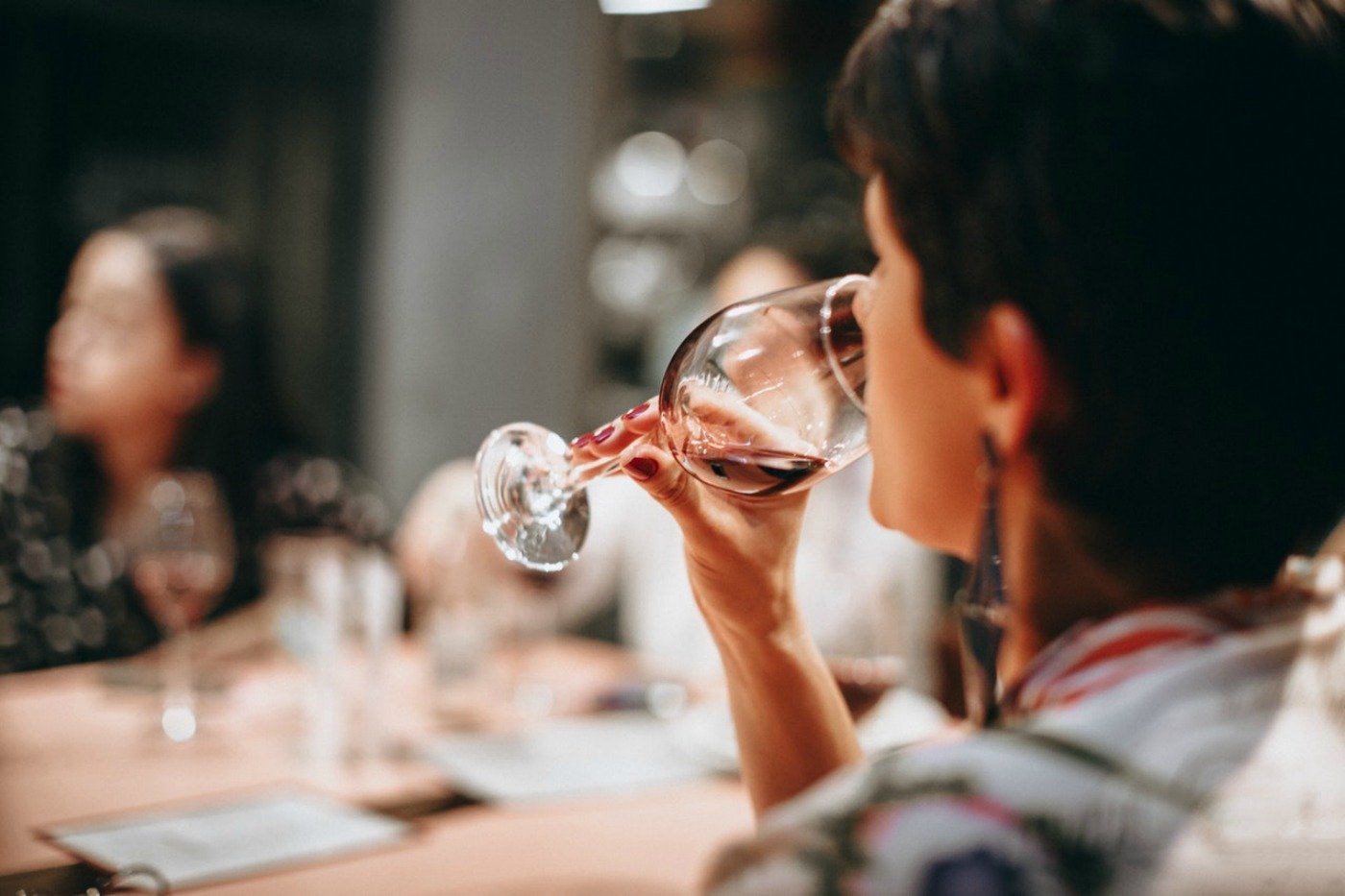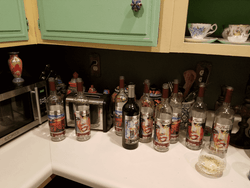Learning to smell wine the right way will open up a world of new aromas and scents that will contribute to your overall enjoyment of wine tasting. For beginners, I know it may not seem like a critical part of wine tasting, after all, it’s called “wine tasting,” right? Yes, but trust me when I tell you that the aroma of a wine has a big influence on your experience. In fact, it’s the most diverse aspect of wine tasting! It can help to distinguish its origin, history, and character.
Now, there are several techniques you can implement to start improving your wine sniffing skills. I’ll go over a few and with some practice, you’ll be able to identify the layered aromas of many different types of wines.
Here’s what you need to know to become an expert in wine aroma.

The Importance of Smell in Wine Tasting
I think smell is the most underappreciated of all five senses. It’s sad because it’s actually a very detailed and developed sense that is 1,000 times stronger than your sense of taste. I bet you didn’t realize that wine tasting is almost 90% smell and 10% taste, no really! Even when you have the wine in your mouth, the intense notes and flavors you experience are primarily due to the increase of aromas that reach your nose.
How to Improve Your Smell for Wine Tasting
The first and easiest step to improving your wine smelling skills is becoming aware of the everyday smells around you. Start paying attention to smells you encounter throughout your day and try identifying them. Whether you’re outside, eating, lighting a candle, really stop to think about what’s in the scent and catalog it. Over time, exercising your nose will result in greater sensitivity and will allow you to do it with wine also.
Another technique I suggest is jotting down notes about the basic notes and aromas you smell when wine tasting. This could at home or at one of our wine tasting events but try looking at the description of the product and identify those smells. You can also ask others what they smell and see if you can recognize it too. Over time, you will begin to recognize aroma patterns in different types of wine.
Keep in mind, wines are layered so you’ll need to note what you smell with your initial sniff versus what you smell with a deep inhale. Also, be sure to take breaks and cleanse your nose palate (and taste palate) when tasting a variety of wines. This is important because your nose can become overwhelmed quickly. Check out my list of top-rated palate cleansers here.
How to Smell Wine at Wine Tastings
While everyone’s experiences are individual, there is a recommended method for tasting a wine that will help you to get the best grasp on the nose of a wine.
-
- Hold your glass by the stem– this will keep your wine at the ideal serving temperature. (If you do notice a wine taster holding the bowl of the glass, it may be because the wine was served too chilled and they are attempting to warm it to release more odorous molecules)
- Take your initial sniff– this first sniff will tell you if the wine is healthy and prepare your nose for the more intense aromas
- Swirl your wine– this will bring the aroma compounds or stereoisomers to the area above the wine
- Quickly take a deep sniff– don’t be afraid to get down into the airspace of the glass
- Observe– how does the flavor connect with the aroma? Try to identify the variety of aromas your smelled
- Continue– use short, gentle, quick sniffs ( you can experiment with different smelling techniques like the hoover, sniff, and retro)
- Extra Tip– Keeping your mouth open slightly will help communicate more aromas
Wine Aroma VS Wine Bouquet
Wine aroma refers to the smell that derives from the type of grape that is used to make the wine. These flavors are usually the primary notes and are the most obvious to the taste buds. They include fruit, vegetable, mineral, spice, and floral flavors.
The wine aroma differs from the wine bouquet which is the smell derived from vinification and fermentation. They are much more subtle and require more training to spot. The bouquet’s secondary notes are mostly a result of fermentation and are usually somewhat yeasty. They can take on smells of dairy, soap, and acidity. The bouquet’s tertiary notes are caused by the aging process. They are typically very deep and subtle with the most noted being oakiness. You might also recognize notes that are earthy, tangy, or even slightly caramel-y!
Learning to smell wine takes time and the best way to improve is just by practicing. I really believe smelling different varietals and getting out of your comfort zone by attending wine tastings is key. It will expose you to a broader range of smells, help you learn how to smell wine properly, and get you networking with more experienced wine connoisseurs and sommeliers. Sometimes it just takes a bit of extra guidance to notice the ranges present in the wine. Are you ready to significantly increase your enjoyment of fine wine? Contact us or join us at our next wine tasting event!





